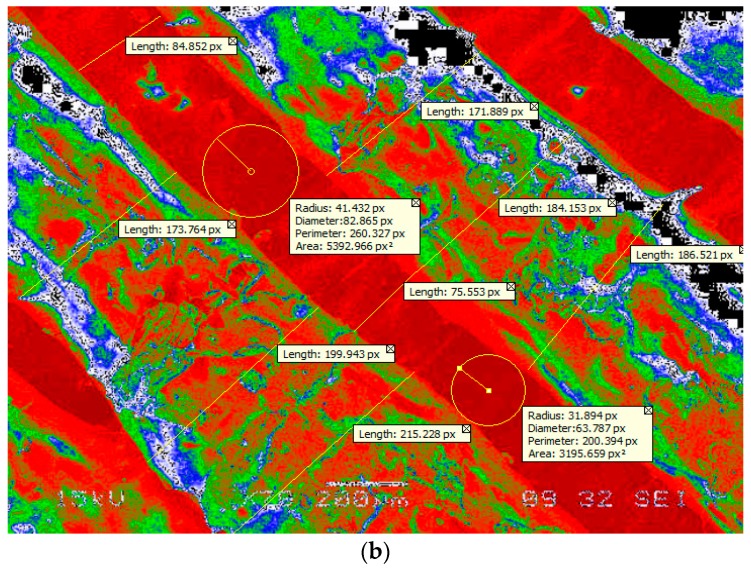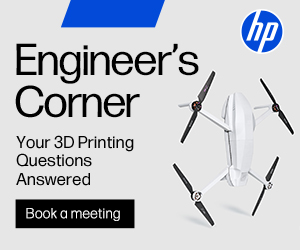Tunisia: Researchers 3D Print Optimized Car Leaf Spring out of Carbon PEEK
Authors Amir Kessentini, Gulam Mohammed Sayeed Ahmed, and Jamel Madiouli have performed research and analysis after 3D printing a car part, with their findings outlined and recently published in ‘Design Optimization and FE Analysis of 3D Printed Carbon PEEK Based Mono Leaf Spring.’
Using a carbon leaf spring from a Dodge SUV, the researchers were able to optimize the design further. Just one component of a car’s suspension system, the leaf is a basic spring (often called the balestra) employed for damping action—meaning it must absorb energy as the suspension system and the car function properly.
Previous studies have been conducted, mainly concerned with examining elastic strain energy and strength-to-weight ratio in comparison to metals like steel. Here, the study aimed to improve on design and performance with the use of carbon PEEK in 3D printing, analyzing parameter requirements such as:
- Length
- Thickness
- Width
- Fiber orientation
- Fiber diameter
- Percentage volume fraction of fiber fill
- Different load conditions
The authors decided to use carbon PEEK due to its strength, excellent rigidity, and thermal stability. The material was improved with customizations via fused carbon fibers—allowing for desired diameter in fiber length, orientation, and more.
After 3D printing the part, they continued to analyze tensile strength, modulus, density, and strength-to-weight.
“Poly ether ketone (PEEK)-based polymer composite materials have controlled combinations of properties achievable with FFF (fused filament fabrication) technology of 3D printing such that combination of at least two different conventional materials is possible,” state the researchers. “PEEK matrix materials play a vital role in many sectors due to their chemical-physical properties and light weight. In the automotive sector, PEEK composites allow us to meet the need for strength and weight reduction. Polymer composites are not affected by corrosion and are used as coatings to create protective barriers.”
The researchers used a custom-made FFF ARGO 500 Roboze 3D printer to produce the parts, outfitting it with a chassis meant to prevent excess vibration, along with chrome-plated internal fittings.
“The moveable extruder head equipped with an induction heater, that precisely locates the nozzle over the stationary heated bed can be maintained to 250 °C. The machine printing platform surfaces were electro-galvanized and heated up to 100 °C,” explained the researchers in their study.
In analyzing the parts, they discovered that the leaf’s carbon fibers stretched in tensile testing, also demonstrating effectiveness with ‘zero fiber orientation.’ The authors also stated that minimum deflections and bending stress were noted.
“Carbon PEEK has high elastic modulus in the direction of orientation, strength, corrosion resistant, good fatigue and adhesion properties when compared to conventional steel. Carbon PEEK has become an appropriate choice due to these advantages for the suspension of the Dodge vehicle leaf spring,” concluded the researchers.
“Response surface methodology (RSM) and analysis of variance (ANOVA) enabled the development of analytical regression models capable of predicting deflections and bending stress. These were validated with finite element results obtained with various combinations of the design parameters. Regarding the validation of predictive models, the obtained results for the finite element and regression analysis results showed a good agreement with FEA results. Future works will present the dynamic analysis and its behavior of the leaf spring under dynamic loading conditions.”
If you are both a car and tech buff, then 3D printing is a dream come true indeed, offering the ability to create new parts or even bring obsolete ones back to life—as we have seen in previous examples with Elvis Presley’s long-lost BMW, replacement components fabricated in Ireland, and even parts for race cars and kid’s large-sized toy cars. What do you think of this news? Let us know your thoughts! Join the discussion of this and other 3D printing topics at 3DPrintBoard.com.
[Source / Images: ‘Design Optimization and FE Analysis of 3D Printed Carbon PEEK Based Mono Leaf Spring’]Subscribe to Our Email Newsletter
Stay up-to-date on all the latest news from the 3D printing industry and receive information and offers from third party vendors.
Print Services
Upload your 3D Models and get them printed quickly and efficiently.
You May Also Like
Stifel’s AM Forward Fund Launches, Looking for US Manufacturers to Invest In
The need for greater resiliency in the defense supply chain is real and urgent. One area the US government has been focusing on is building a faster and more sustainable...
3D Printing Financials: Xometry Cuts Losses, Grows Platform
Xometry (Nasdaq: XMTR) is entering 2025 with momentum. The company delivered record quarterly revenue and narrowed its losses, showing progress toward profitability. More importantly, for those watching the future of...
3D Spark Secures $2.2M to Tackle Manufacturing Bottlenecks
German startup 3D Spark has raised two million euros in a seed round. Swedish software investor Triplefair Partners led the round, with Fraunhofer Technologie-Transfer Fonds (FTTF) and Innovationsstarter Fonds Hamburg...
3D Printing Financials: Protolabs Reports 3D Printing Dip, But Metal 3D Orders Grow
Protolabs (NYSE: PRLB) kicked off 2025 with a mixed but steady performance. Revenue remained close to expectations, profits dipped slightly from last year, and the company was profitable despite ongoing...


































